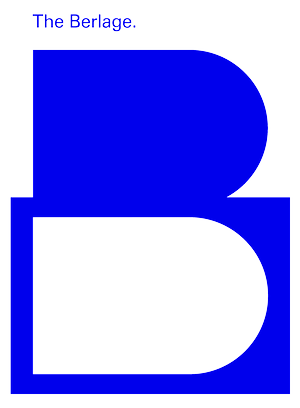
Maison de la Publicité
Idealization of a system, Advertising, Consumption, Global, Building, Tokyo, Paris, Advertising, Technology, Infrastructure, Culture, Economy, Lifestyle, Image
Oscar Nitzchke's seminal project of 1935, La Maison de la Publicité, embraces the idea of an architecture intertwined with advertising. The façade elevation drawing depicts a media infrastructure that would support graphic information along the Champs Elysées: its steel structure would broadcast images, logos and illuminated messages constantly updated by a crane installed in the rooftop. Moreover, the project contained a big open hall to host public media events and advertising agencies working on new logos, signage and sales pitches. Nitzchke's photomontage of his project in Paris at night 1, lights the street while conveying its commercial and cultural message.
The model in which advertising operates today, is a global phenomenon with specific qualities in Paris and Tokyo. Usually –but not exclusively– openly sponsored, these non-personal messages are conveyed through a strategy implemented through a diverse array of traditional and technological media 2 that reach a large audience. The advertisement model includes the message definition, the content copywrite, the graphic design, the medium selection, and the technical tools employed: blinking lights, moving objects, pointing arrows, color changes, jingle lyrics or sound composition. The ultimate goal is to increase awareness and persuade individuals to take a particular action. The commercial values associated with "branding", achieves its objective when it adheres certain qualities in the minds of consumers followed by the act of repetition: informing, persuading, reminding.
The system operates in and within the city. The model articulates production and consumption, and consequently, it has hoarded the public realm to the point where contemporary cities are inconceivable without advertising in their streets. We are bombarded with ads, while our computers and phones stuffed with tags, cookies and auto-play videos. And at the same time, stalked by these visual stimulations in bus stops, train stations, highways, railways, commercial areas, pedestrian streets, passages. Everywhere.
1. Oscar Nitzchke with Hugo Herdeg, Maison de la Publicité Project, Paris, France (Exterior perspective). https://www.moma.org/collection/works/603
2. The technologies through which this communication takes place include a variety of outlets. Broadcast media transmit information electronically via media such as films, radio, recorded music, or television.
Idealization of a system, Advertising, Consumption, Global, Building, Tokyo, Paris, Advertising, Technology, Infrastructure, Culture, Economy, Lifestyle, Image
Oscar Nitzchke's seminal project of 1935, La Maison de la Publicité, embraces the idea of an architecture intertwined with advertising. The façade elevation drawing depicts a media infrastructure that would support graphic information along the Champs Elysées: its steel structure would broadcast images, logos and illuminated messages constantly updated by a crane installed in the rooftop. Moreover, the project contained a big open hall to host public media events and advertising agencies working on new logos, signage and sales pitches. Nitzchke's photomontage of his project in Paris at night 1, lights the street while conveying its commercial and cultural message.
The model in which advertising operates today, is a global phenomenon with specific qualities in Paris and Tokyo. Usually –but not exclusively– openly sponsored, these non-personal messages are conveyed through a strategy implemented through a diverse array of traditional and technological media 2 that reach a large audience. The advertisement model includes the message definition, the content copywrite, the graphic design, the medium selection, and the technical tools employed: blinking lights, moving objects, pointing arrows, color changes, jingle lyrics or sound composition. The ultimate goal is to increase awareness and persuade individuals to take a particular action. The commercial values associated with "branding", achieves its objective when it adheres certain qualities in the minds of consumers followed by the act of repetition: informing, persuading, reminding.
The system operates in and within the city. The model articulates production and consumption, and consequently, it has hoarded the public realm to the point where contemporary cities are inconceivable without advertising in their streets. We are bombarded with ads, while our computers and phones stuffed with tags, cookies and auto-play videos. And at the same time, stalked by these visual stimulations in bus stops, train stations, highways, railways, commercial areas, pedestrian streets, passages. Everywhere.
1. Oscar Nitzchke with Hugo Herdeg, Maison de la Publicité Project, Paris, France (Exterior perspective). https://www.moma.org/collection/works/603
2. The technologies through which this communication takes place include a variety of outlets. Broadcast media transmit information electronically via media such as films, radio, recorded music, or television.


